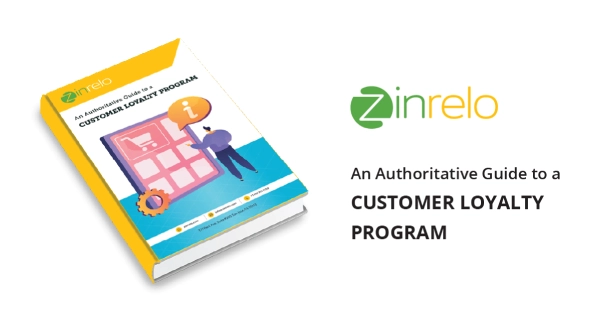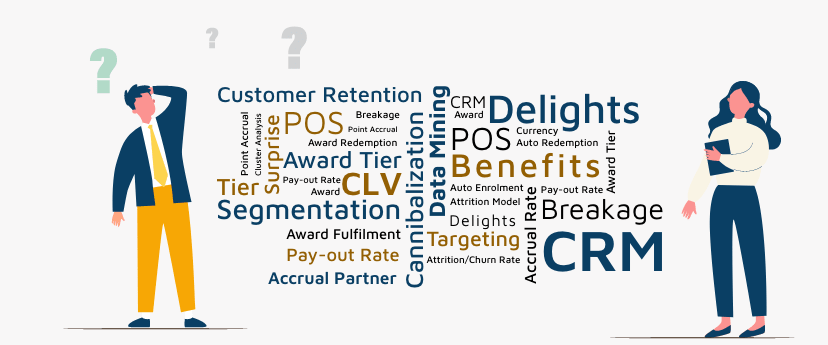It is vital to monitor the performance delivered by a customer rewards software. Tying a qualitative metric like ‘loyalty’ to sales and customer retention may seem like a daunting task. However, brands need to be able to calculate the value generated by loyal customers as compared to customers not engaged with the rewards program. This value delivered depends on the objectives of the business and pre-defined KPIs and success metrics. Working backwards, businesses typically want to increase customer engagement, customer retention, repeat purchase revenues etc. An abundance of customer data has enabled the best customer rewards programs to derive insights about the end customers. These insights not just provide the value generated by the loyalty program, but also identify growth areas for the business.
Our previous article talks about creating benchmarks at the time of implementing a customer rewards software. Along with these benchmarks, it is critical to define how these metrics should be calculated, as well as institute a mechanism for continuous tracking. Though this varies across industries, generally brands should focus on engagement metrics and business growth metrics. The engagement metrics help brands understand how well the program is contributing to the business growth.
Customer Retention Rate (CRR)
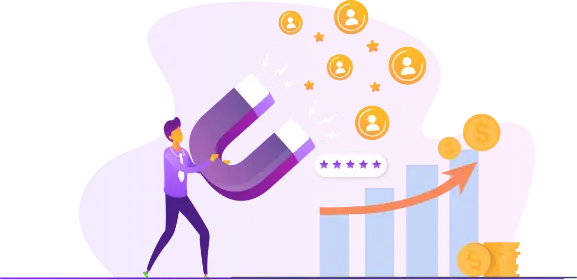
The fundamental function of a customer rewards software is to increase revenues through retained customers, which makes ‘Customer Retention’ a useful metric to track. While there’s nothing wrong with chasing new customers, having a healthy CRR can provide substantial benefits—and tracking that number would highlight issues hitherto under the radar, and make it easier to predict realistic future revenue potential. Customer retention is the ability to sell to customers who have purchased from the brand before and retain them. Improving the customer retention rate comes down to factors like customer experience, price, support etc., and by ensuring that customers are engaged across social media platforms, newsletters, promotional emailers etc. Brands can award loyalty points for social interactions which makes it easier for members to earn points.
Points Redemption Rate
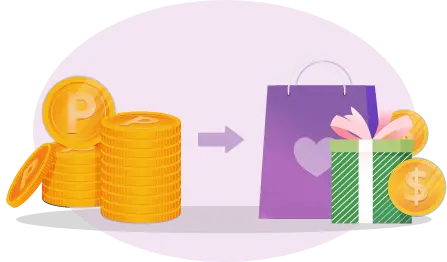
The points redemption rate is an engagement metric that portrays how well the loyalty members are using the customer rewards software. A high redemption rate shows the members are actively using the rewards programs. A low redemption rate, on the other hand, means the members are not engaged enough. It could be because of several reasons – loyalty members are unable to accumulate enough points to redeem a reward, the rewards are not to their liking etc. Personalizing rewards based on member preference is vital here. By simply analyzing these areas, a business can ensure members stay engaged and redeem their loyalty points.
Repeat Purchase Revenue
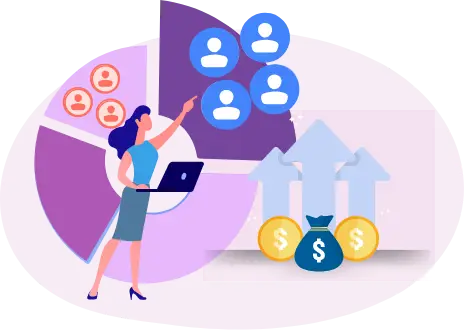
As the term suggests, it is the revenue a business earns from repeat customers. Every business aims to increase this but on a micro level it is difficult to understand how to achieve it. The repeat purchases need to be tracked across reward tiers, member interests, demographics, etc. Best customer rewards programs can boost repeat purchase revenue by targeting specific user segments to get them to buy more frequently or by influencing the average order value of repeat purchases. A business’s loyalty marketing should be geared towards optimizing the value generated by each customer. Equipped with insights about repeat purchases, businesses can forecast cashflows accurately which aids in setting targets.
Costs
Loyalty points are cheaper than actual cash discounts on account of the payback percentage. But this is exactly what makes it difficult to track. We have extensively covered how to account for the liability of rewards and some strategies to reduce the liabilities arising from loyalty programs.
Summary
Tracking both macro & micro level performance of the customer rewards software is important. On a holistic level, simply comparing the metrics for different time periods will do the trick. But it will not provide actionable insights to improve the performance further. Considering the customers who redeemed the points they had earned from past activities – ‘Would more members have redeemed their points if they had access to better rewards?’. This can be further broken down to individual preferences for rewards. Analyzing customer preferences and patterns will derive insights which leads to faster business growth.

